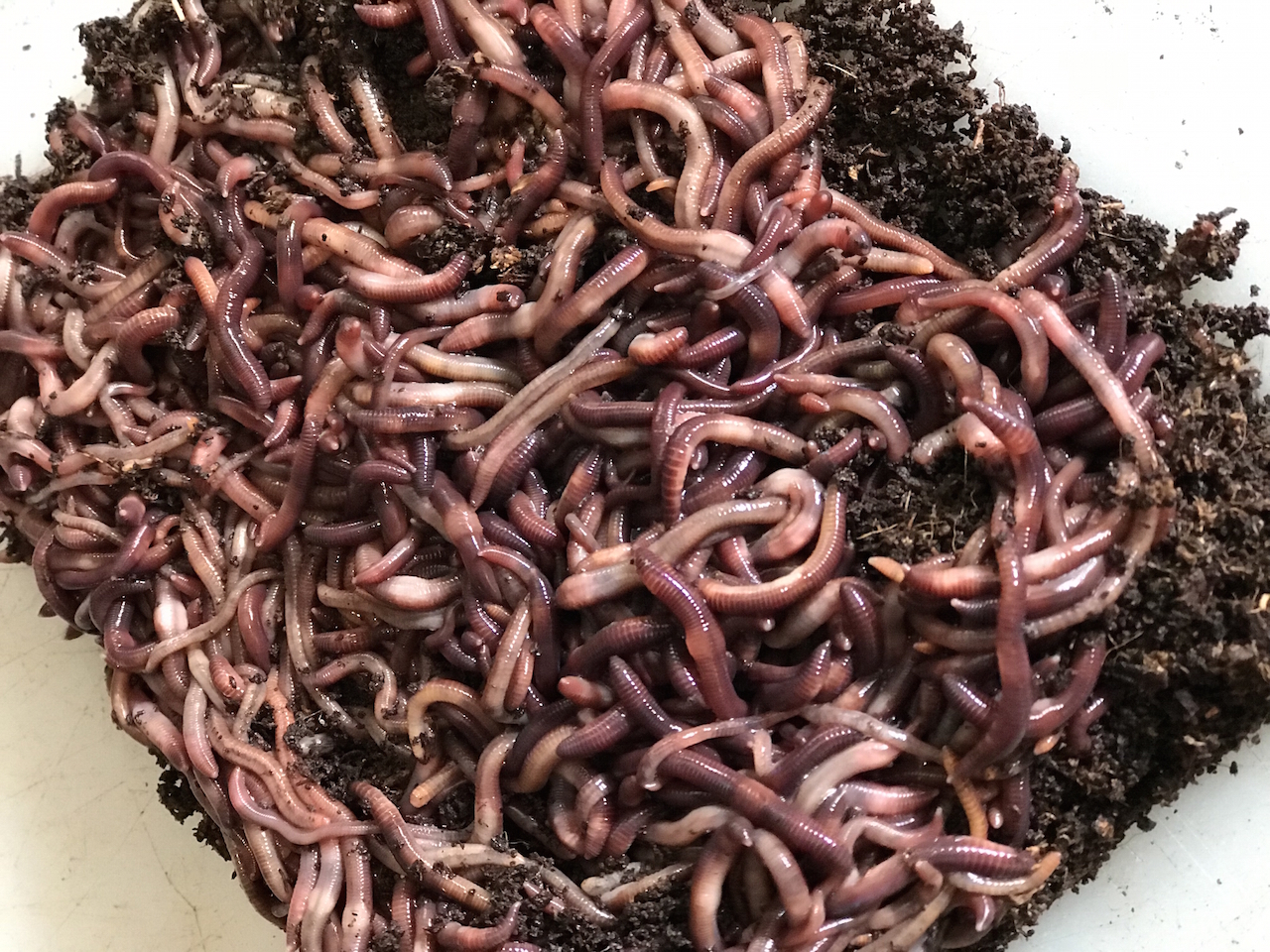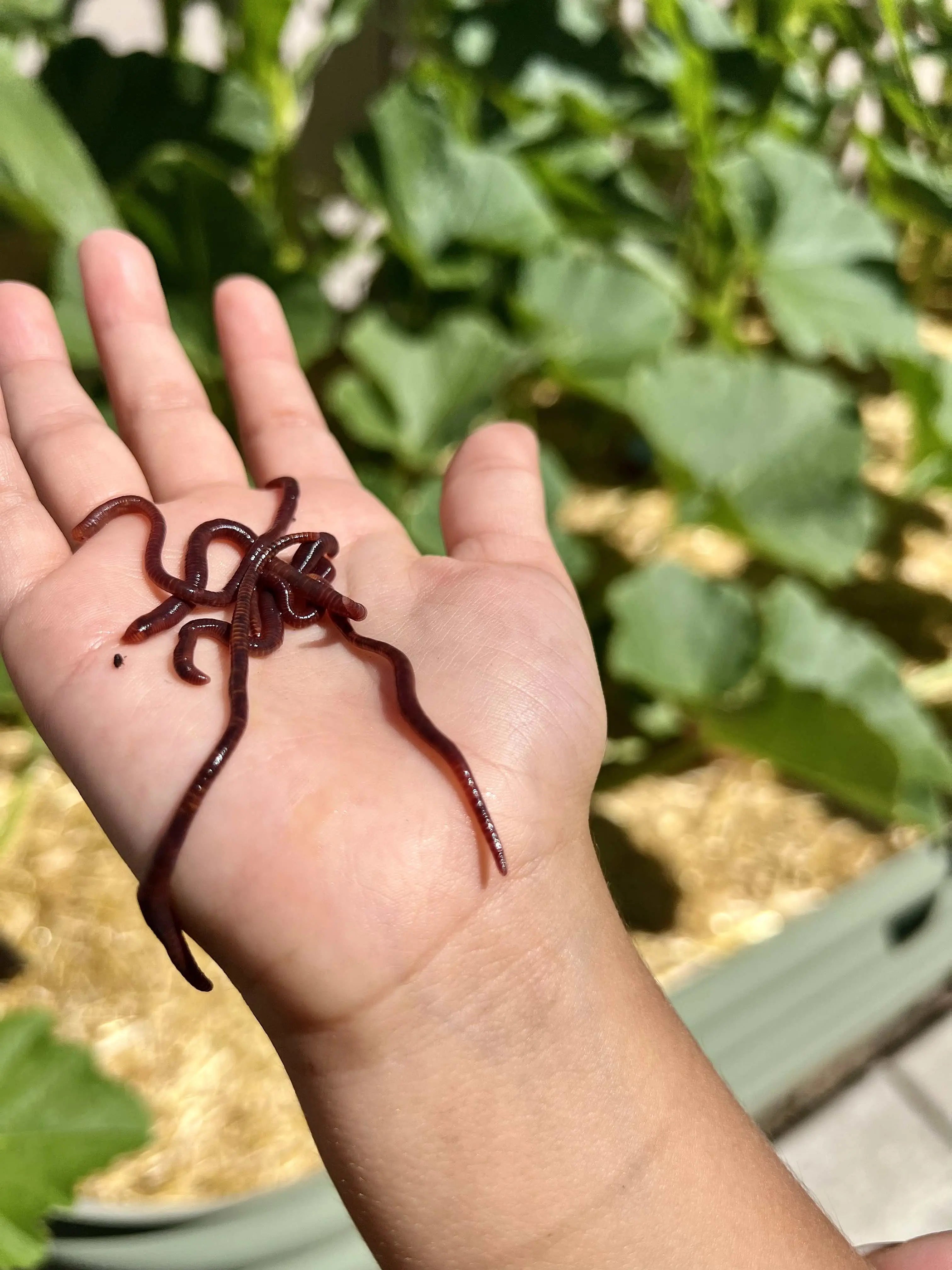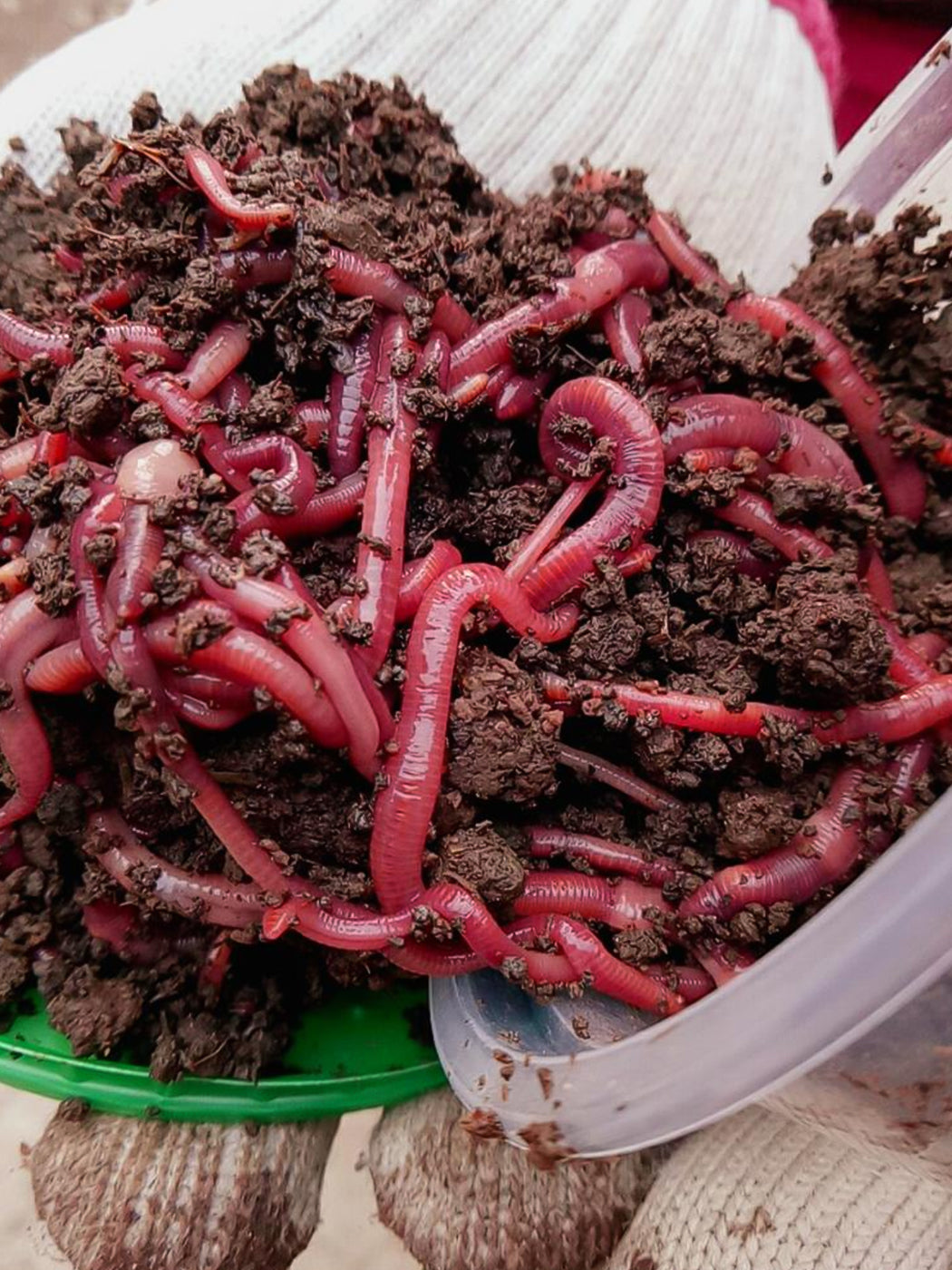Red Wigglers: The Unsung Heroes of Organic Waste Recycling
Red wigglers, or Eisenia fetida, work as vital representatives in the organic waste recycling procedure, changing discarded products into important vermicompost. Their reliable failure of raw material not just improves dirt quality yet likewise adds to sustainable waste management methods. As the world progressively seeks options to battle waste build-up and enhance farming efficiency, comprehending the role of these worms ends up being crucial. What devices allow them to prosper in garden compost settings, and just how can they be successfully utilized in both property and commercial settings? Discovering these concerns exposes the more comprehensive implications of vermicomposting in our environmental landscape.
What Are Red Wigglers?
The remarkable resilience of red wigglers, clinically recognized as Eisenia fetida, emphasizes their essential role in organic waste recycling. These small, reddish-brown earthworms are normally located in breaking down organic issue, such as compost heap and manure loads. Lake Hickory Bait. Unlike other earthworm species, red wigglers flourish in nutrient-rich environments and are highly reliable at breaking down natural products, making them crucial for vermicomposting

(Red Wiggler Express)In enhancement to their duty in waste decrease, red wigglers add to dirt health by enhancing soil structure and aeration with their burrowing tasks (Lake Hickory Bait). Their visibility in composting systems not only enhances decay prices however additionally advertises a sustainable technique to squander monitoring, showing their relevance in eco-friendly preservation initiatives
Benefits of Composting With Worms
Composting with worms, particularly red wigglers, supplies various benefits that boost both waste management and soil health. These worms efficiently break down organic waste, transforming it right into nutrient-rich vermicompost that improves soil. This process accelerates decomposition, permitting a quicker recycling of cooking area scraps and other natural products compared to standard composting methods.
Additionally, the vermicompost produced by red wigglers is including helpful bacteria, which assist improve dirt structure, oygenation, and dampness retention. This improves the overall wellness of plants, promoting vigorous growth and raised yields in gardens and agricultural setups. The usage of worms in composting lessens the production of greenhouse gases, such as methane, contributing to an extra sustainable waste administration system.

Just How to Start Vermicomposting
Developing a vermicomposting system is a straightforward process that can yield considerable advantages for both waste administration and soil enrichment. To start, select an ideal container, such as a plastic bin or wood box, with adequate ventilation openings to ensure correct airflow. The measurements need to ideally be about 2 feet by 3 feet, allowing sufficient space for the worms to grow.
Next, prepare bed linen material, which can contain shredded newspaper, cardboard, or coconut coir. This bed linens ought to be dampened to create a suitable habitat for the worms. Once the bed linens is in location, introduce red wigglers (Eisenia fetida) into the bin, generally around one pound of worms for every square foot of surface.
Following the placement of worms, include natural waste, such as fruit and veggie scraps, coffee grounds, and crushed eggshells. Stay clear of adding milk, meat, or oils, as these can create smells and draw in parasites. Place the bin in a shaded, temperature-controlled area to maintain optimal conditions for worm task. With these steps, you will properly initiate a vermicomposting system that adds to sustainable waste monitoring and enriches your soil.
Maintaining a Healthy And Balanced Worm Bin
(Red Wiggler Express)Maintaining a worm container prospering calls for normal attention and like guarantee the wellness of the red wigglers and the effectiveness of the composting process. Proper upkeep starts with keeping track of the dampness degrees; the bin ought to perspire yet not soaked. A great general rule is to keep an uniformity comparable to a wrung-out sponge.
Delicately blending the bedding and food scraps every couple of weeks stops compaction and makes certain that all worms have accessibility to oxygen. Additionally, it is important to feed the worms check over here appropriately.
If the container ends up being too hot or cold, the worms might become stressed. By faithfully managing these aspects, one can maintain a durable and effective worm container.
Effect On Lasting Living
The successful maintenance of a worm container not only benefits the health and wellness of red wigglers yet likewise adds considerably to lasting living methods. By reusing natural waste, such as kitchen scraps and backyard particles, red wigglers help draw away significant amounts of product from landfills. This decrease in waste not only decreases greenhouse gas exhausts but likewise decreases the ecological concern related to waste management.
Moreover, the castings produced by red wigglers act as a nutrient-rich natural plant food, enhancing dirt health and promoting plant growth. This all-natural alternative to chemical fertilizers supports sustainable farming and horticulture methods, minimizing dependence on artificial inputs that can harm communities. Furthermore, worm composting fosters awareness of waste administration, urging individuals and neighborhoods to take on even more lasting routines.

Conclusion
In summary, red wigglers act as essential contributors to natural waste reusing with their reliable decomposition of organic products. Their ability to generate nutrient-rich vermicompost boosts soil wellness and sustains lasting farming practices. By integrating vermicomposting into waste management techniques, individuals and communities can substantially decrease waste while advertising environmental sustainability. The duty of Eisenia fetida in fostering healthy and balanced environments highlights the value of these organisms in attaining sustainable living and enhancing dirt fertility.